bunion surgery bellevue
Displaying items by tag: bunion surgery bellevue
Dr. Brandon Nelson, a Board-Certified Foot and Ankle Surgeon and Physician, and Lapiplasty Surgeon Discusses Bunion Corrections
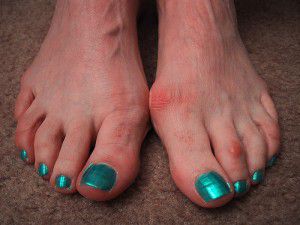
Bunion surgery is one of the most performed surgical procedures in the United States. The bunion can be corrected with many different types of procedure from osteotomies (the cutting of bone) to arthrodesis (the fusion of bones). Lapiplasty procedure is relatively new but utilizes a technique that has been around for years. The procedure is based on a Lapidus bunion surgery.
This procedure was named after a Dr Lapidus. It involves fusion of a tarsometatarsal joint to stabilize the foot and fix the bunion. The Lapiplasty allows for surgeons to have reproducible results utilizing special equipment and cutting jigs. I find Lapiplasty to be a reliable tool for bunion correction. Especially useful in large bunion cases and with people that have had long standing bunions. If you have a large bunion and would like to speak with a Lapiplasty Surgeon please contact my office and we can see if you are a candidate. Give us a call at 425-391-8666 or make an appointment online today.
Sincerely,
Dr. Timothy Young Talks About Joint Fluid and Bunion Surgery
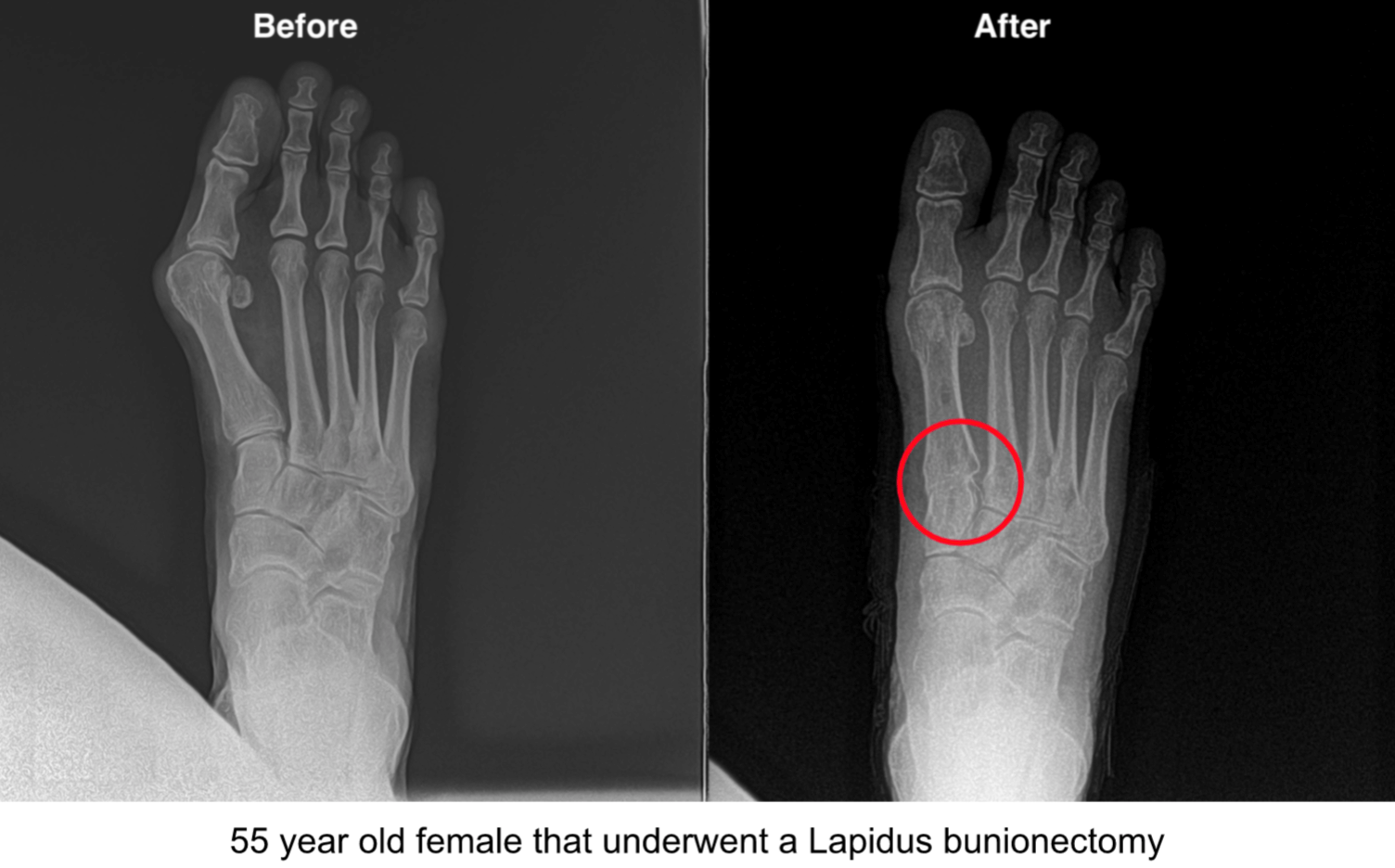
Surgical bunion correction is a common procedure at our clinic and our surgical center. During bunion surgery after the skin incision, subcutaneous layer is also dissected and then the joint capsule. The joint capsule serves multiple functions. One is to help stabilize the joint–much like the ankle joint has ligaments that stabilize your ankle. The inner layer of the joint capsule produces synovial fluid to lubricate the joint. During surgery this joint fluid comes out during the procedure.
It can be helpful to replenish this joint fluid to help get the joint functioning properly again and moving like it should. There are different ways to accomplish this. We often inject sympathetic joint lubricant into the joint during the early postoperative time frame. The brand that we utilize is called Supartz. This was originally FDA cleared to help protect the knee joint and treat knee joint symptoms. We use Supartz in many different applications within the foot and ankle. But after bunion surgery to get the joint moving again, is certainly one of them. This can also be very helpful if the patient has arthritis of the great toe joint and has to have a joint cleanup procedure to remove some of the bone spurs and repair cartilage.
Dr. Brandon Nelson Discusses Common Questions Regarding Bunion Surgery
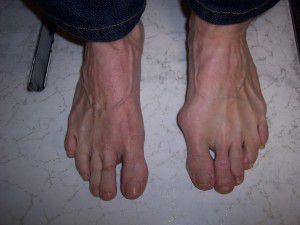
Do I need bunion surgery?
Quite a few patients ask this question. There are many factors that go into whether I think a patient should undergo surgery. Pain is the primary factor that I like to use for patients deciding whether or not they need bunion surgery. Another factor includes whether or not their second toe is affected from the bunion with something like a hammertoe occurring. Another important factor to consider is that a bunion is a progressive deformity and at some point usually requires to be fixed.
How long doesn’t take to recover from bunion surgery?
This is a much harder question to answer because there are many variables that play into this. The most important variable is the type of bunion surgery that was performed. It also depends on one's definition of recovery. Majority of patients we see are walking within 1 week and can return to normal activities as quickly as 6 weeks or as long as 3 months.
Doesn’t hurt to have bunion surgery?
I find this question very easy to answer yes bunion surgery can be uncomfortable. However, at our office we typically perform 3-5 bunion surgeries every week and are very well-versed in helping patients with pain management. Any type of surgery will typically produce pain as this is a normal an inflammatory response. The majority of people that we treat typically will take pain medications for approximately 1-3 days.
Can I still Drive after having bunion surgery?
This question really depends on the type of bunion surgery that is performed. A large majority of bunion surgeries the patient can drive as soon as they feel comfortable. The majority of patients will drive in a stiff shoe however some patients with larger reconstructions may not be able to drive for approximately 4-6 weeks.
Dr. Timothy Young Talks About How Long to Wait for Bunion Surgery
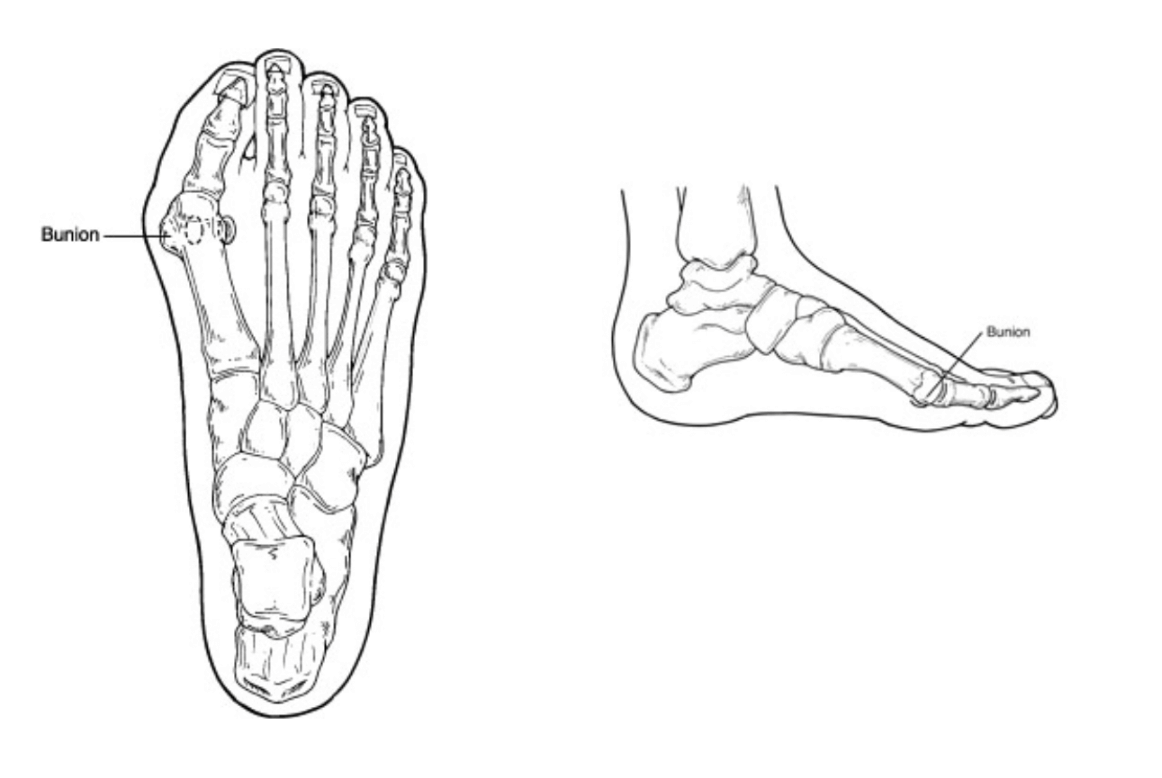
There are multiple factors to consider on timing for bunion surgery.
One consideration is that over time the bunion gets worse and it’s possible that a more corrective procedure will be needed that will take more time to heal, causing more downtime. Therefore "putting it off" can mean more concerns in the future. Another factor is the fact that this is surgery and it’s helpful to have family help for the first week afterwards. Some of our patients just can’t wait because the bunions are so bad. Then it’s helpful to have a family member help, especially if for example it’s a mother with small children.
Another factor as I mentioned is that the longer you wait the more other problems can develop. It’s not uncommon over time with a bunion to also develop a hammer toe with the second toe. So now there is another procedure that needs to be addressed surgically.
Overtime there is adaptation of the great toe joint with a bunion and more potential for adaptive changes and arthritis.
If you have a bunion and want to discuss treatment options and surgical treatments, please make an appointment to consult with my self - Dr. Timothy Young, or my partner - Dr. Brandon Nelson.
Dr. Brandon Nelson Discusses What To Think About For Bunion Surgery

I like to make sure all my patients are well informed for any procedure they are considering, especially bunion surgery. It is important to note both the pros and cons of bunion surgery as well as what the recovery looks like. The majority of bunion procedures allow patients to walk immediately afterwards. However there can be some discomfort. It’s important to understand that pain, swelling and bruising are normal prior to the surgical process.
I encourage my patients ask questions at their pre-operative appointment, as this makes the surgical process much easier. Additionally, I provide all my patients with multiple handouts on what to expect and how to decrease down time and their recovery period. At our clinic we are lucky enough to have an on-site surgical center so this is both a huge time and cost savings for all of our patients. This also affords us the opportunity to perform more bunion surgeries than the average foot and ankle physician and we take great pride and specializing in bunion care. If you’re contemplating bunion surgery or just want an opinion on your bunion we are here to help.
Give us a call today at 425-391-8666 or make an appointment online.
Dr. Brandon Nelson Discusses How To Make Sure You Have The Correct Bunion Surgery
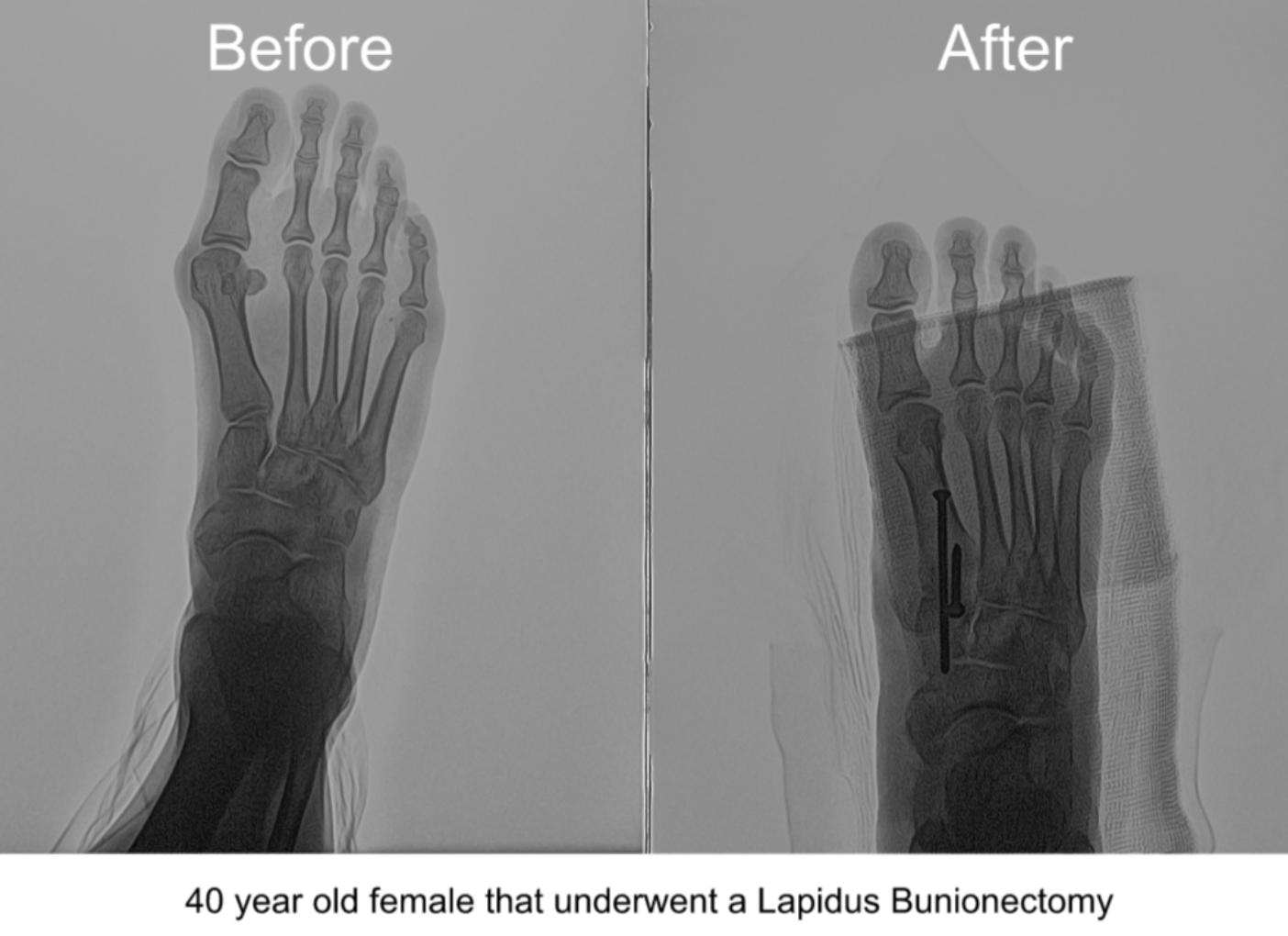
Issaquah Foot and Ankle Specialists has been performing bunion surgery for more than 20 years and have performed thousands of bunionectomies. Having performed so many bunion procedures has allowed us to perfect our skills and provide patients with the most up-to-date bunion procedures. Currently there are almost 50 different bunion procedures that can be performed. However, the majority of these procedures are divided into 3 categories;
1. fusion or arthrodesis
2. head procedures
3. base procedures
It is important to note that not everyone is a candidate for one of these procedures. I can tell you it is important to have the entire foot structure evaluated as well as having x-rays done. I continue to get a lot of second opinions in my office due to the fact that I do perform so many bunionectomies. I do really enjoy discussing bunions and bunion procedures with patients in providing him with answers further questions and help with their feet. If you’re suffering from a bunion and are contemplating conservative care or surgical care consider making an appointment with us today.
Dr. Brandon Nelson Discusses Bunion Surgery For Runners

I treat a lot of runners in the office for all sorts of foot and ankle pain. I am a runner myself and so I enjoy treating these patients. It seems as though a lot of runners have foot deformities and one of most common is a bunion. It is important to note that the bunion itself can grow larger with increased activities like running. Running and bunions can be challenging from a structural standpoint and from a pain reduction standpoint. I feel like I have a lot of tools at my disposal to help runners become pain free with activities.
The majority of runners I see are great conservative candidates and become extremely happy with their progress. There are a few patients that do not respond to conservative measures and require surgical intervention. It is very important for runners to seek a physician that has a lot of experience dealing with runners in their clinic. This is especially important when contemplating surgical intervention and I can tell you I am extremely cautious with procedure selection on runners. If you have a bunion and are getting pain with running you may be a candidate for conservative measures or surgical measures. I would love to help you keep running happy trails!
Give us a call at 425-391-866 or make an appointment online today.
Dr. Brandon Nelson Discusses Why We Have the Best Options for Pain Control After Bunion Surgery

Bunion surgery provides great outcomes for patients that want relief from foot pain. Foot pain associated with a bunion can be very difficult to manage from a conservative standpoint. A lot of patients have tried getting bigger or wider shoes, which can create more room for the bunion to grow and make the situation worse. Patients will also apply pads, straps, splints or tape to the feet. This can be time consuming and cumbersome and again does nothing to fix or reverse the cause of bunions. The only way to actually fix the bunion is surgically. Bunion surgery has come a long way there are now new techniques we utilize to decrease down times and post-operative pain.
New techniques offer shorter recoveries and quicker returns to activity. Pain control can be challenging for both patients and physicians that are not as familiar as we are with modern techniques and medications. We use a long acting anesthetic to make the foot numb and prescribe different medications based on each individual patient and procedure performed. We have taken years to perfect our pain control regime and find the majority of our patient’s rate their pain as being well controlled. If you are contemplating bunion surgery come see us. With our pain control regime, onsite surgical center and years of experience this will create the best possible experience for you.
If you have bunion pain, give us a call today at 425-391-8666 or make an appointment online.
Dr. Brandon Nelson Discusses What Causes a Bunion and How To Fix it Once and For All
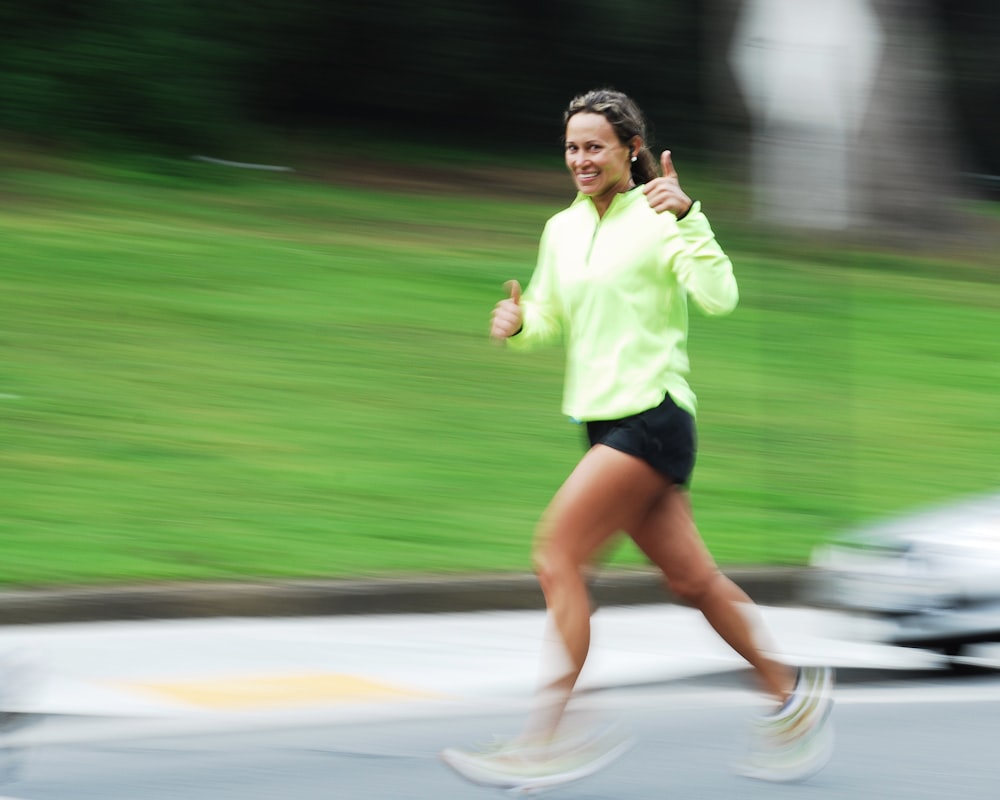
Some patients begin to notice a bump that is developing on the inside of their foot. They start to get pain with walking and exercise and they wonder what is happening. Often a patient will visit the shoe store or seek advice from nonmedical personnel as to what it is. It is important when been dealing with medical issues to seek the advice of someone who has had years of training and experience in that particular field. Your foot and ankle health is essential for long-term well-being of your overall general health. Bunions are the most common cause of pain and irritation around the big toe joint. The bunion is a bony deformity that often appears as a protuberance around the joint.
The majority of bunion deformities are an inherited foot structure. Patients can often trace to other relatives that have similar foot conditions. The pathology itself continues to progress with time and there is no conservative measures that reduce or correct the deformity. It is important to understand that conservative measures can sometimes help alleviate pain and increase overall functional performance. However, the bunion can only be fixed surgically. The surgical procedures depend on the patient’s overall foot structure, degree of deformity and activity levels. All bunion deformities that require surgical correction are done in the office and no longer require any hospitalization. All bunion procedures that we perform at Issaquah Foot and Ankle Specialists allow patients to be weight bearing and do not require prolonged periods using crutches or knee scooters. If you have a bunion deformity and would like to have it evaluated for either conservative or surgical measures please give us a call at 425-391-8666 or make an appointment online today.
- bunion
- bunion surgery
- bunion treatments
- bunion surgery issaquah
- bunion surgery seattle
- bunion surgery bellevue
- bunion doctor issaquah
- bunion doctor bellevue
- bunion doctor seattle
- bunion doctor
- podiatrist issaquah
- issaquah podiatrist
- issaquah foot and ankle specialists
- dr brandon nelson
- dr timothy young
Dr. Nelson Discusses the Best Correction Techniques for Surgery on Bunions, Tailor's Bunions

Bunions and tailor’s bunion can be quite painful. Often times we see hammertoes associated with tailor’s bunions on the outside of the foot or on the inside of the foot. Bunion pain especially bunion pain of the big toe can be extremely difficult for patients that are active. We get a lot of questions for what is the best bunion correction that can be performed utilizing surgical techniques. We also get a lot of questions regarding minimally invasive type bunion procedures. The most important part of bunion surgery is having your bunion evaluated.
I highly recommend meeting your surgeon in person and have them evaluate your foot both clinically and radiographically. X-rays are paramount as well as the clinical exam to see what is causing the bunion deformity and what is the best correction method to be applied. There are many different types of bunion surgeries from what we call head procedures or procedures performed at the distal aspect of the first metatarsal or base procedures which are procedures performed at the proximal aspect. The recovery and the long-term reduction of the deformity can be correlated to type of bunion procedure that is done as well as a factors contributing to the bunion. Every bunion procedure we perform the patient can walk on the foot after the procedure and all of them are done in the office to save both time and money.
If you have tried bunion pads and other bunion relief options give us a call and we’ll help you fix your bunion. Give us a call at 425-391-8666 or make an apointment online today. Myself (Dr. Brandon Nelson) or my partner Dr. Timothy Young would love to see you.



